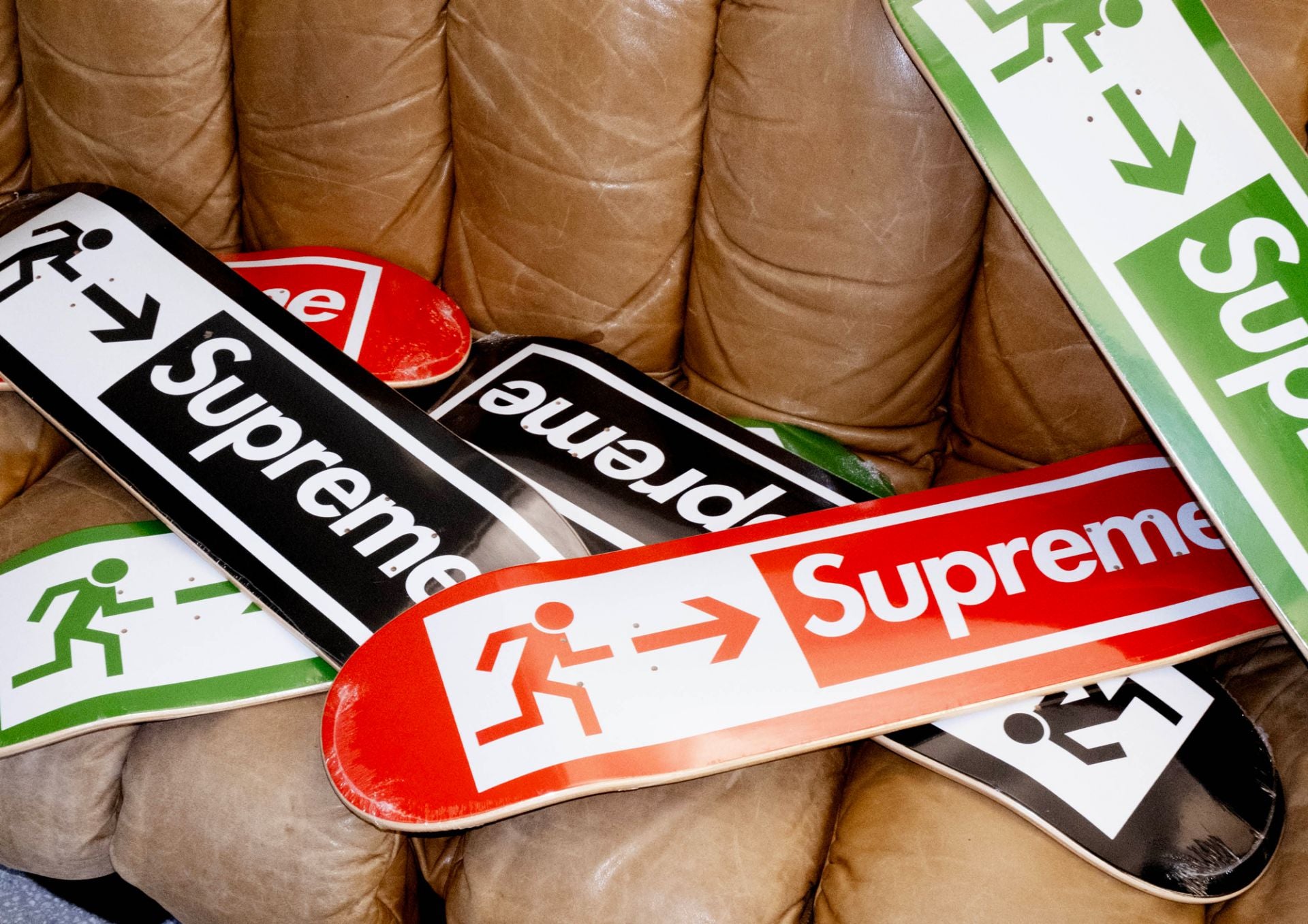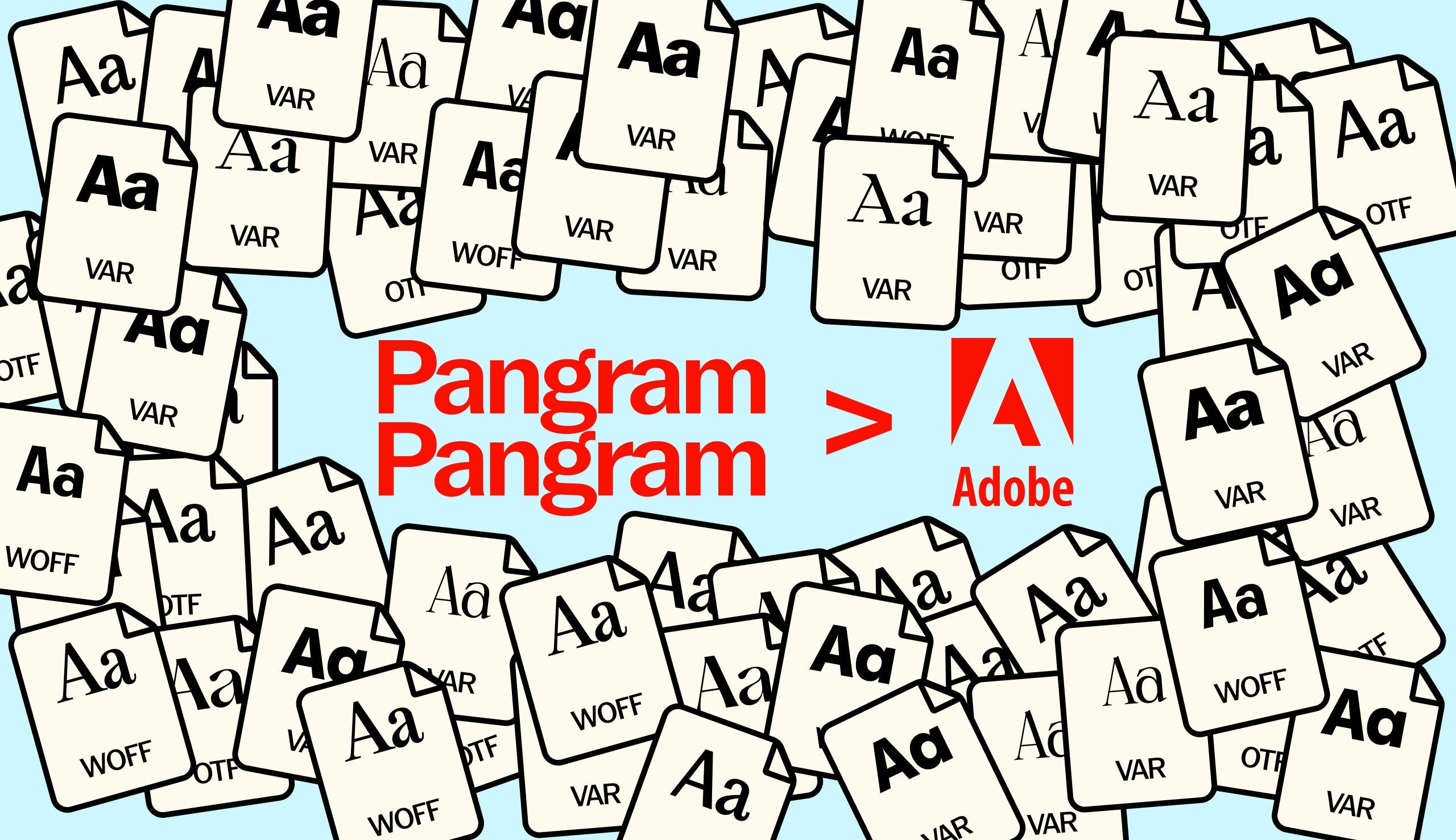Bureau Borsche is a name we’re sure you’re familiar with. But, for the few of you that aren’t, be prepared to have your eyes opened to a world of design you truly will have wished you had worked on.
With clients the likes of Supreme NY, Internazionale Milano, The Design Museum and Balenciaga, their work not only responds to, but has ultimately played a part in forming, our contemporary cultural experiences. Straying away from preconceived notions of what should be done, Bureau Borsche instead carve out new approaches for designing for art and culture.
Founded in 2007 by Mirko Borsche, the studio’s work spans seemingly unrelated worlds, bridging and navigating unexpected, disconnected aesthetics and industries, from fashion brands, to orchestras and football clubs. Grounded in editorial design, their work navigates design and art direction from a distinct, specific and purposeful perspective that places communication and clarity at its core, no matter the output.
From a conceptual level Bureau Borsche’s work is second-to-none, and this adept proficiency extends fully into their visual outputs, which are genuinely beautiful in their consideration and form. Whether in the confidence, elegance and material choices of their editorial design for Numeró Berlin or the luxurious, aspirational and fashion-led art direction of their visual identity for Venezia FC, the work pulls you in and asks you to continue looking.
From the cultural to the commercial, from campaigns to visual identities and branding, and from new technologies to traditional methods, Bureau Borsche’s practice, rooted firmly in its editorial approach, is truly and effortlessly prolific. We’ve spoken to Mirko Borsche about his acclaimed studio. His answers reflect the reductive clarity of Bureau Borsche’s work, giving nothing away that didn’t need to be given. His straight-to-the-point insights enticed us to want to find out even more.

Hey Mirko! How are you doing? Thanks for speaking with us!
Hi Alice and Harry, all good here.


Bureau Borsche’s impact on the design industry is undeniable — an unmatched force of considered and prolific output. Since founding the studio in 2007, how has your role changed over time?
I don’t know about our impact, anyway we try of course, one thing that helped us over the years was trying to learn more about the endless fields that exist in graphic design. Changing the parameters influences your output and that for us was always interesting.

The core of your practice is a self-professed editorial grounding. How does this filter through into your approach towards work that feels like it has a less obvious connection to editorial design, such as art direction or fashion design?
Editorial design gives you the chance of learning a lot about working closely with a lot of creatives, authors, illustrators and photographers. Creating a product as such requires a lot of ideas, a recognizable style and an idea how you want to communicate with your reader. You basically learn everything you need for the basis of being a designer, all at once.


There seems to also be a curatorial focus within your work, a tangible, somewhat reductive essence. How do you channel this reductive approach through material and physical choices?
Once you have a concept, it's sometimes irritating adding things, the idea gets fuzzy, even if it might look better.






What would you say is your personal philosophy when approaching a brief? Do you think there is ever a ‘correct’ way to design something for a client?
I don’t think there is a correct way to please everyone, design is quite a personal thing and the perception of it depends on the person consuming it. Sometimes it helps to put out a concept that isn’t correct, but reflects an attitude and finds their own crowd to like it.




Speaking of clients, you have long-standing relationships with the likes of Zeit Magazin. What is the key to a genuinely successful long-term collaboration like this?
Always keep focus on the product like in the first week, try to stay excited and don't burn bridges.
Bureau Borsche is based in Munich, Germany. How does this location influence your practice, and do you find inspiration or influence from the spaces you’re in or surrounded by?
The group of people surrounding you everyday are way more influential than where you're based, but that is so different from person to person. But, Munich is definitely worth a visit.



What’s one thing you love and one thing you hate about the design industry?
Indesign and Illustrator, both love and hate.

If you didn’t run Bureau Borsche what would you want to do?
Find a good studio.
P.S. Make sure to keep an eye out in the coming weeks for something special... BB x PP!









